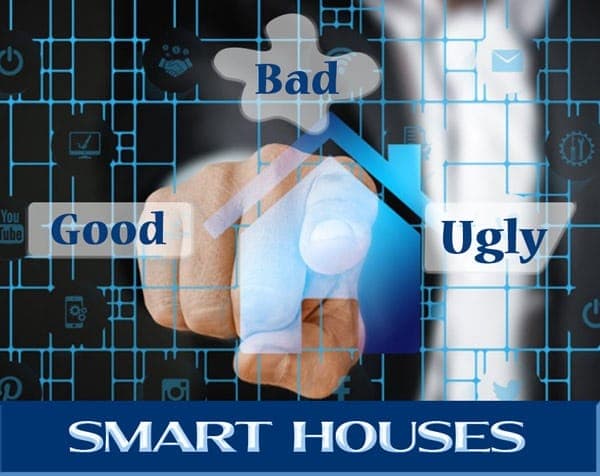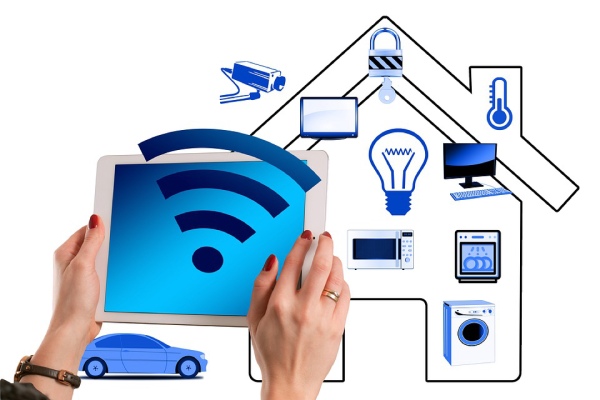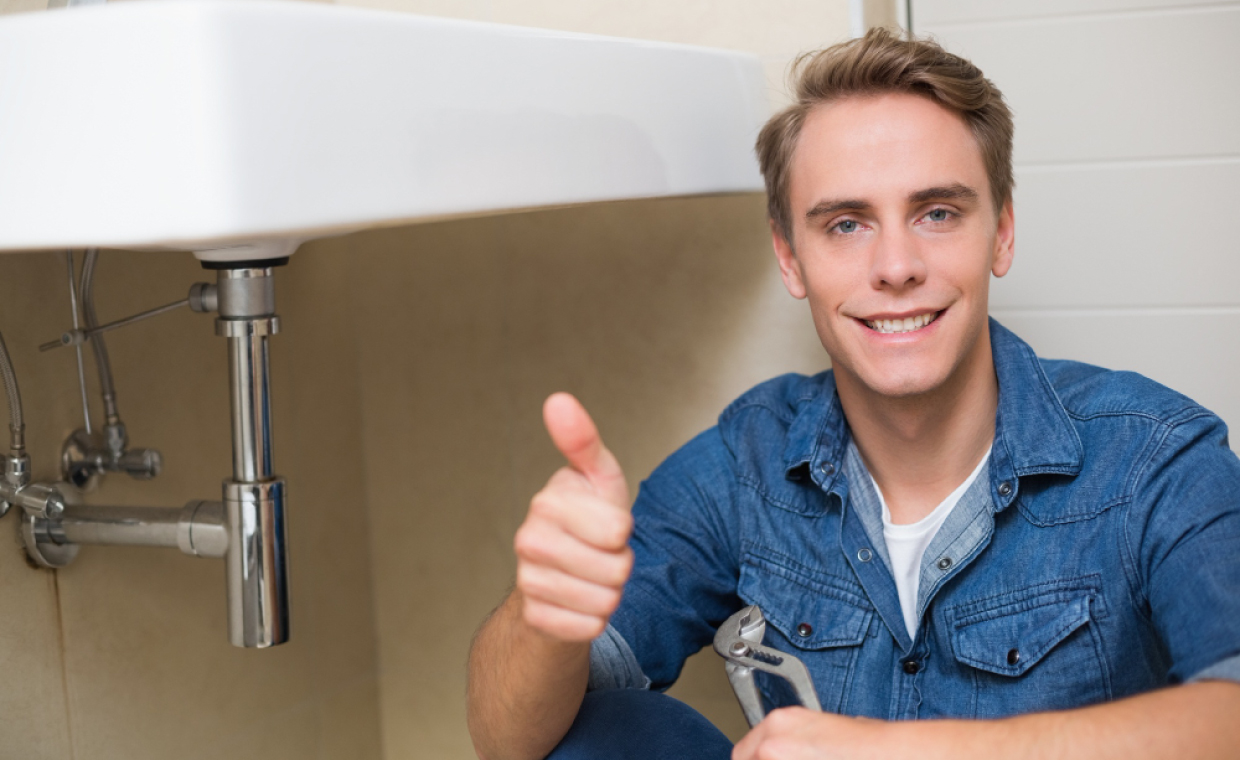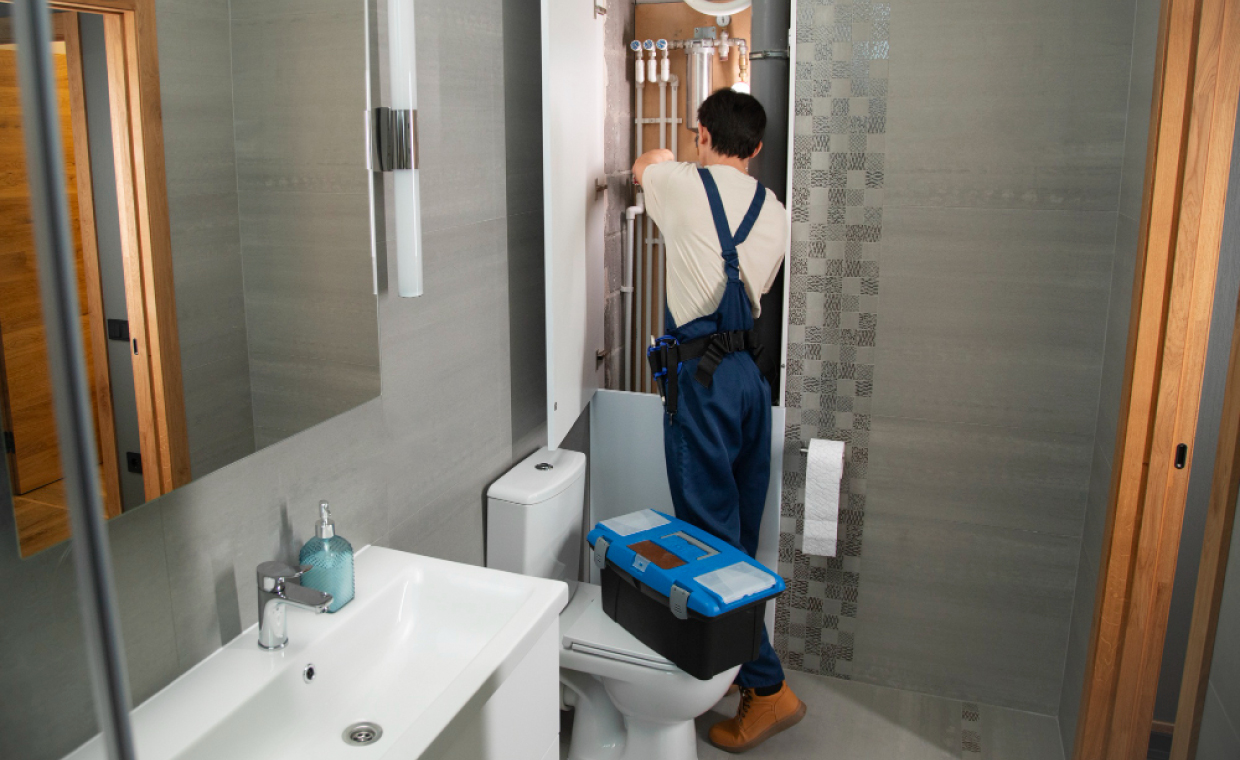
The only constant in the world is change and the cutting-edge technology of the current era is major factor in this change. It has brought revolutionary changes in the way we live, study, work, commute, communicate and entertain ourselves. If we compare the way our elders saw the first world cup match of Cricket in 1976 or of Football or Tennis matches on Television and the way we watch it today on Television, one will be able to understand the sea-changes the technology has undergone. Originally umpire used to give decision for LBW or Runout and his decision was considered to be final. Now the whole audience of 1.00 lac people or viewers on Television can take or judge a decision. Simultaneously with third umpire, such smart technologies have now become possible in home also.
Similarly, when it comes to building homes, the technology employed and building designs have changed. We have moved from regular homes to smart home just like from phones to smart phones. So, what makes a home smart? When it comes to smart homes, you are automatically bound to think of a geodesic dome with drones and robots populating the interiors, serving your current needs. Thanks to the various television and sci-fi series, including the famed Jetsons, one cannot help but wonder whether innovation would ever catch up with imagination. The fact is that smart homes are a reality today with more consumers opting for networked homes, with complete automation and IoT (Internet of things). While that sounds great, it is time that you take a closer look at the real picture to see if any of the same is possible under the current circumstances and to what extent.

The Future Is Not Yet Here!!!
With competing models of smart homes being introduced in the retail market, with complete or near-complete automation, it is worth it to take a closer look at the same. Yes, you can link up devices and network your home so that you can aim for better comfort and time saving convenience, at your home. However, the problem is, there are quite a few players who have introduced various devices into the market while claiming that these products can provide you total control over almost all aspects of your home which may be either security, storage, cooking, entertainment or even child care while you are out. The truth is, such futuristic-looking models with complete automation are yet to become a part of mainstream housing. Given that several providers provide unique products, the smart home market remains deeply divided between different players with products often not syncing with others due to legacy tech issues, network incompatibility varying protocol, and the list goes on.
THE GOOD – Part of Smart Houses

What to Expect:
Chances are that you may already expect a fully networked home with all IoT (Internet of things) to be available in the market but you would be surprised to learn that no such home exists as of yet, except in the minds of few designers. The fact remains that innovative technologies such as Artificial Intelligence (AI) is still in its nascent stage and so is 3D print technology as well. You may well have to wait for a while before you can access a totally networked home with automated sensors, instrumentation and network. One of the reasons that most people prefer networked homes is that it is often hyped to bring you the best in comfort and convenience apart from safety, security and time saving. This is why, most homeowners prefer ‘Smart Homes’ based on the various ads and marketing gimmicks introduced in the market by the different retail companies.
THE BAD – Part of Smart Houses
Complicated Systems:
Ironically, the objective of a smart home is to make your life simple, easy, secure, and comfortable. And yet, it often has the desired opposite effect where the current systems are getting increasingly complicated. For example, let’s say that you want to install PV panels on the roof and use the same to heat up the water in your homes. Well, you would have to link up your solar panels to your smartphone and at the same time, covert your water tank to hot water boilers. This can cost you a bit; while you can opt for some automation by linking up some of your current devices, you may find it near impossible to link up all the gadgets and appliances to smart devices and control them.
In short, if you want a total smart home, you will have to discard all your current appliances and equipment which may not be compatible with smart home protocols and technology. So, can you afford discarding all your existing equipment and devices for a supposedly smart home?
Hence what sets the current smart houses back is the fact that some of the ‘automation’ solutions are getting to be increasingly complicated. According to ‘Harry Pascarella’ (Harbour Research & Ayla Networks are partnered to produce a research paper addressing the importance of interoperability and collaboration in the Smart Home arena) states that ‘Complicated systems that require self-installation and maintenance make all but the most technically-proficient consumers vary to adopt these technologies. This complexity results in backlash from early adopters with complaints of too many steps for installation and use along with frequent malfunctions. If a layman cannot setup, interact and troubleshoot these systems, widespread adoption will never occur.’ As a result, the lay user may find it quite hard to utilize the same. It is like many people, still do not use smart phones.
THE UGLY – Part of Smart Houses

Privacy & Security:
Given the exponential growth in online malware attacks and other forms of cyber-attacks, most homeowners often have serious concerns regarding their homes, especially as far as privacy and security is concerned. The fact that there are smart doorbells, smart locks, and even intelligent home security systems and CCTV system currently available and they will tell you that both privacy and security are given emphasis as far as smart home solutions are concerned. But the threat of online attacks is real and intelligent homes may well be vulnerable to the same. Remember with smart homes, the smart pirates and thieves will also grow. And ultimately all will depend on your passwords. What if someone cracks the password or you forget the same or only one person in family who has all passwords suddenly dies or becomes invalid. The hell surely breaks loose.
The Real Deal – Opt for Smart Houses
When it comes to smart homes, you need to look simple solutions rather than opt for a home that comes needlessly complicated and user unfriendly. Moreover, smart homes may need to co-opt the following for making Jetsons a reality.
So, check these tips out before you take the leap.
01. Incompatibility:
- Many of the smart home tech providers often develop products that are not compatible with each other. Also, most of the IoT devices do not perform well in a heterogeneous environment which could prove to be a handicap. This issue needs to be resolved right away if this particular niche wants to see an upward growth. Like internet they will have to have global home protocols.
02. Poor user Experience:
- One more reason as to why several homeowners may not opt for complete solutions is that it is needlessly complicated. These owners may lack the requisite digital experience to be able to operate these linked devices as per basic parameters.
- In all developing societies or all family centric societies where people live in a joint family i.e. living with grandparents and or grandchildren, you have to always keep in mind how an 80-year-old lady or 5-10-year-old child will be able to operate and control the smart apparatuses. This is very basic before you take any decision.
03. Limited Functionality:
- Despite the cost, you would be surprised to learn that most of the ‘linked’ devices come with limited functionality. Therefore, it makes sense to do your homework well by exploring various smart homes in detail so you have ample amount of information. You can review the core functionality of these homes, evaluate the quoted prices, and decide as to whether this is what you were looking for. Do remember that a home network comes with the requisite hardware which needs to be stored carefully, and away from direct sunlight exposure.
04. Recurring Costs:
- Again, when you are doing this in developing countries where the infrastructure is still not as per standards or at par with what is required for such smart technologies either a power failure or failure in internet services can put you in trouble. Unless you experience such real-life bad experience, you will never get an idea how it can play a havoc.
05. Further the technology is changing at a fast pace. What we could not imagine or we had not seen before 10 years has now become a custom or a way of life now. Hence what you provide in your house today may be technologically outdated and obsolete, may be within 5 years or even earlier. You may have to go for either revision or discard the old and replace with new. This is like continuous investment and one has to always think about the possible recurrent investment.
I would like to share a real-life example which will help you in taking a decision and open your eyes, too. This is the story of our mentor’s, Late Shri S. H. Wadia, who at the age of 96, used to travel 20-25 km a day for teaching the poor students in Mumbai. In 2006 Mumbai had the worst flood. While travelling from student’s home to his home he got stuck on the road at mid night due to flooding on roads. Car was smart and automatic and it was in water and the battery got down and there was no manual mechanism either to open the doors as well as window glasses. He got locked in the car where he could neither open the doors and windows nor sought any help as nobody could hear him. The water was upto his chin and thank God water did not rise any further. If water would have risen just by 6 inches, he would have seen himself dying. This is a perfect example where advanced technology might not be the answer to all problems.
Next day I read newspaper stories where quite no. of people lost their lives in the similar situation. Hence one has to be really careful about “what if” automation fails, in case of emergency.
Conclusion:
These are some of the good, bad, and ugly truths about smart houses. But that being said, this may as well be the best time for you to invest in smart homes as they can make your life a lot easier. Furthermore, if you plan to go in for solar power as opposed to the national grid, then smart homes can help you limit your reliance on the electric power grid and save you a bundle in the process. So, you may want to carefully asses your current needs and determine if you really need a smart home to reside in.
The above discussion definitely puts you in problem as to what to do. My simple advice would be if you can manage it, go for a smart home or part of it and if you cannot, then stay simple. Remember, technology should be used to improve your ease of living.
Also Read:
Benefits of Home Automation Systems!
10 Smart Kitchen Gadgets to transform your Kitchen!
Author Bio
Sai Charan Gundreddi – Sai Charan Gundreddy is an author and a freelance content writing specialist with over 3 years of experience in the field. A writer by day and a reader by night, he is loathe to discuss Hinderer in the third person, but can be persuaded to do so from time to time.































